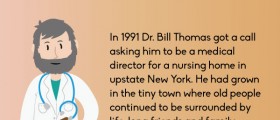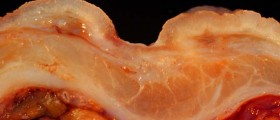
Introduction
PEG feeding, short for percutaneous endoscopic gastrostomy, is when people cannot eat regularly through the mouth and need to have a tube inserted into the abdomen to receive food.
A PEG is a feeding tube that goes through the abdominal wall and directly into the stomach and it can offer nutrition to those that cannot eat normally and swallow. Sometimes it is used as a supplemental feeding method to ordinary food as well.
As stated previously, people who cannot swallow will have to use a PEG in order to receive the nutrients they need every day but cannot obtain because they cannot consume food normally.
The tube is connected to what is called a “giving set” in order to administer the food to the stomach.
People who have suffered strokes, head injuries, neurological disease or surgery of the head or neck will often have to be fed through a PEG.
Patients with cystic fibrosis usually needed added nutritional supplements and can be feed through a PEG in addition to the regular eating they do during the day.
Getting the insertion process done correctly is very important. It involves an examination of the stomach with an endoscope that is passed through the mouth. After this, the PEG tube is passed through the stomach by a small opening that is made in the abdominal wall.
There are small plastic discs that are attached to the tube in order to prevent it from moving.
A minor operation is required in order to place the tube into the abdominal wall and a short general anesthetic will usually be used before the operation is proceeded with.
Feeding can usually begin after about 12 hours, but it is important to check with the patient’s dietician before starting the feeding process.Complications
There are various complications that can occur in this procedure however.
Aspiration is a common problem, which is when food or saliva is inhaled into the lungs. This is the most serious complication that can result from PEG tube feeding.
A good way to prevent this is to make sure that the person is sitting up straight when feeding and that he or she remains elevated for at least an hour after the feeding is completed.
Diarrhea is also a common complication, but it is usually not caused by the formula that is being pumped into the stomach. Medications will probably be responsible for loosening the stool. It is important to consult a doctor regarding the medications that the patient is receiving if diarrhea occurs regularly.
Other complications that can occur include nausea and vomiting, dehydration, and an infection of the area at which the tube was inserted, which can be avoided by keeping that area clean and dry at all times.

















Your thoughts on this
Loading...